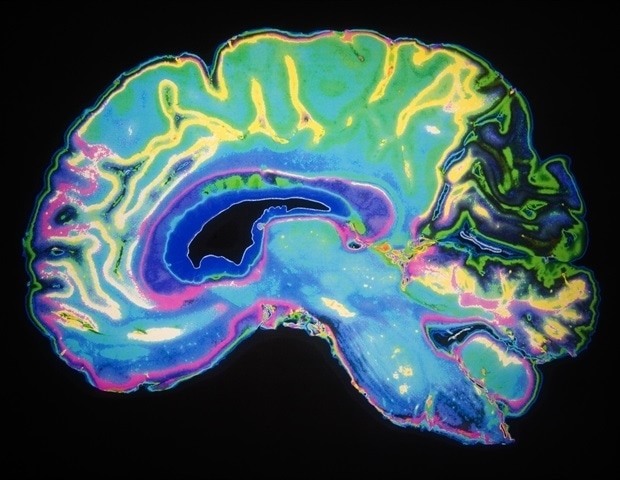
In an evolving health landscape, emerging research continues to highlight concerns that could impact everyday wellbeing. Here’s the key update you should know about:
A team of scientists at Texas Tech University Health Sciences Center (TTUHSC) has published new evidence suggesting that the brain’s protective shield – known as the blood-brain barrier (BBB) – remains largely intact in a commonly used mouse model of Alzheimer’s disease. The discovery challenges long-standing assumptions that Alzheimer’s disease causes the BBB to “leak,” potentially reshaping how researchers think about drug delivery for the disease.
The study, published July 23 in Fluids and Barriers of the CNS, was conducted by a research team from the Department of Pharmaceutical Sciences and the Brain Drug Discovery Center at TTUHSC’s Jerry H. Hodge School of Pharmacy in Amarillo, and from the TTUHSC Graduate School of Biomedical Sciences. Ulrich Bickel, M.D., was principal investigator and senior author, and Ehsan Nozohouri, a TTUHSC graduate research assistant, was lead author. Co-authors include TTUHSC graduate researchers Behnam Noorani, Dhavalkumar Patel, Yeseul Ahn and Sumaih Zoubi.
Alzheimer’s disease is known for memory loss and cognitive decline. In the brain, it is marked by amyloid-beta plaques and tau tangles. For decades, scientists have also debated whether Alzheimer’s disease damages the BBB – the tightly linked endothelial cells lining the inner surface of brain blood vessels that act as a security gate, blocking harmful substances while letting in essential nutrients by specific transporters.
The BBB excludes 99% of large molecules, like proteins, and over 95% of smaller ones, including many drugs. That’s why understanding whether it stays intact in Alzheimer’s is critical, especially for developing effective treatments.”
Ehsan Nozohouri, a TTUHSC graduate research assistant, lead author
To explore this question, Nozohouri and colleagues used Tg2576 mice, a well-studied model of Alzheimer’s disease that forms amyloid plaques. The team injected the mice with a harmless test molecule, [¹³C₁₂]sucrose, which normally crosses the BBB very poorly. Using highly sensitive analytical tools (liquid chromatography with tandem mass spectrometry, or LC-MS/MS) and advanced tissue-sampling methods (laser microdissection), they tracked whether sucrose leaked into different brain regions. Their key findings include:
- No major leakage detected: Sucrose levels in the brain remained extremely low in both Alzheimer’s and healthy control mice, both at young and old ages, suggesting an intact barrier.
- Stable across regions: Critical brain regions involved in memory and cognition showed no differences between groups.
- Structure preserved: Even around amyloid plaques, tight junction proteins – the “mortar” sealing BBB cells together – remained mostly unaffected.
Together, these results indicate that while small, localized changes may occur near plaques, the BBB as a whole retains its protective function in this model.
“Our findings challenge the assumption of widespread BBB leakiness in Alzheimer’s disease,” Nozohouri said. “This means that drug delivery strategies may need to be designed with the understanding that the barrier is not broadly compromised.”
While the Tg2576 mouse model provides valuable insights, Nozohouri emphasized the need for additional models that more closely replicate human physiology. There are drugs known as monoclonal antibodies that have been approved by FDA, and they show some ability to slow down cognition decline.
As a next step in their research, Nozohouri said the team could study the rodent version of the approved monoclonal antibodies to determine if there are any possible leakages caused by microhemorrhages or brain swelling that potentially could cause the leakage at the blood brain barrier.
“We still have much to learn about how Alzheimer’s disease impacts the brain’s defenses,” he said. “Our ultimate goal is to better predict how drugs behave in patients, so we can design therapies that truly work.”
Source:
Journal reference:
Nozohouri, E., et al. (2025). Assessing blood-brain barrier (BBB) integrity in an Alzheimer’s disease mouse model: is the BBB globally or locally disrupted? Fluids and Barriers of the CNS. doi.org/10.1186/s12987-025-00685-2

